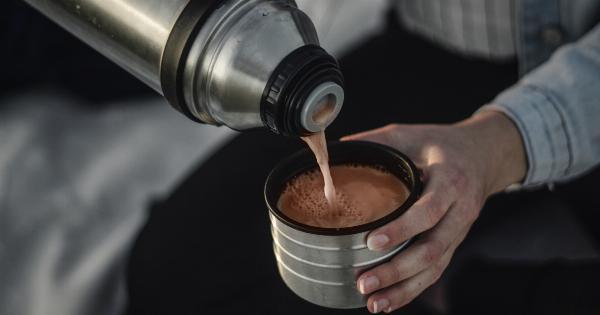Our nails can often provide important clues about our overall health. Changes in the color, texture, and appearance of our nails may indicate underlying deficiencies or imbalances in the body, particularly in our diet.
By understanding what to look for, we can use our nails as a tool to identify potential nutritional deficiencies and make the necessary dietary adjustments to promote optimal health. In this article, we will explore different nail characteristics and what they might indicate in terms of dietary needs.
1. Pale or Whitish Nails
If your nails appear pale or whitish, it may suggest an insufficient intake of essential nutrients such as iron, zinc, or protein. Low iron levels can lead to anemia, while zinc deficiency can weaken the immune system.
Ensure your diet includes iron-rich foods like leafy greens, lentils, and lean meats, as well as zinc-rich foods such as seafood, nuts, and seeds.
2. Yellow Nails
Yellow nails are commonly associated with fungal infections, but they can also indicate a deficiency in biotin (vitamin B7) or vitamin E. Biotin deficiency can be addressed by consuming foods like eggs, salmon, avocados, and sweet potatoes.
Vitamin E-rich foods such as almonds, spinach, and sunflower seeds can help combat any potential deficiencies in this essential vitamin.
3. Dry and Brittle Nails
Nails that are dry, brittle, or easily breakable may be a sign of dehydration or a lack of essential fatty acids.
Make sure you are drinking an adequate amount of water and consuming foods rich in omega-3 fatty acids, such as fish, flaxseeds, and walnuts. Moisturizing your nails and cuticles regularly can also help prevent dryness.
4. Spoon-shaped or Concave Nails
If your nails appear spoon-shaped or concave, it might indicate an iron deficiency or anemia. Include iron-rich foods in your diet, such as red meat, poultry, legumes, and fortified cereals, to help boost your iron levels.
If the condition persists, it is advisable to consult a healthcare professional.
5. Ridged Nails
Ridged nails can be a symptom of several deficiencies, including vitamin A, vitamin C, and protein. Ensure that your diet includes a variety of fruits and vegetables, which are excellent sources of vitamins.
Additionally, incorporating lean meats, dairy products, and plant-based proteins can help meet your protein requirements.
6. White Spots on Nails
Contrary to popular belief, white spots on nails are usually not a sign of calcium deficiency. Instead, they are usually caused by minor injuries to the nail bed. These spots typically disappear as the nail grows out and are not a cause for concern.
7. Blue Tint or Dark Lines on Nails
A blue tint or dark lines on the nails may be a sign of circulation problems or a lack of oxygen. If you notice this discoloration, it is recommended to consult a healthcare professional to rule out any underlying health conditions.
8. Pitted Nails
Pitted nails, characterized by small dents or depressions, have been associated with psoriasis, a skin condition. If you observe pitted nails along with other symptoms, it is advisable to seek medical attention for a proper diagnosis and treatment.
9. Clubbed Nails
Clubbing occurs when the tips of the fingers enlarge and the nails curve around the fingertips. This condition can be a sign of lung or heart problems, and medical evaluation is necessary if you notice this abnormality.
10. Healthy Nail Care Tips
In addition to paying attention to the signs of nutritional deficiencies in your nails, it is important to follow a few general tips for healthy nail care:.
- Keep your nails clean and dry to prevent bacterial or fungal infections.
- Trim your nails regularly using clean and sharp nail clippers.
- Avoid biting your nails or using them as tools to prevent damage and infections.
- Moisturize your nails and cuticles regularly to prevent dryness.
- Protect your nails by wearing gloves while doing household chores or engaging in activities that may cause trauma to your nails.
- Avoid using harsh chemicals or acetone-based nail polish removers that can weaken and dry out your nails.
By taking proper care of your nails and being mindful of any changes in their appearance, you can maintain not only nail health but also overall well-being.
Your nails can provide valuable insights into your body’s nutritional status, and addressing any deficiencies through a balanced diet can contribute to your overall health and vitality.































